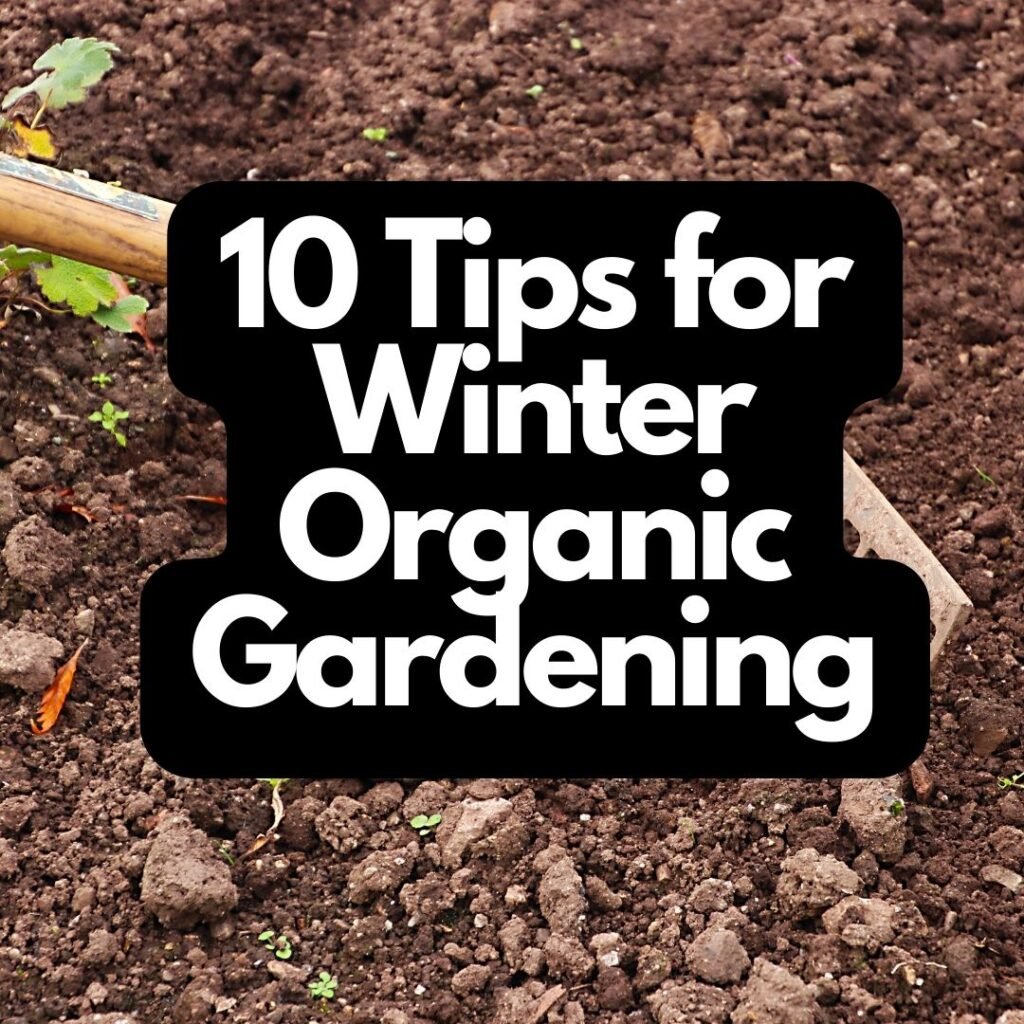10 Tips for Winter Organic Gardening
With the winter season only a few weeks old, I’m sure that everyone is looking forward to some warmer weather. But with the days getting shorter, it’s important to take advantage of the time you do have in order to prepare for your spring garden. Our team and I have put together 10 tips to help you have a successful winter organic garden.

How to Prepare Your Garden for Winter
If you want to have a successful winter organic garden, there are a few things you need to do to prepare your garden for the cold weather. First, you need to make sure that all of your plants are watered well. Winter is a time when many plants go dormant, so they won’t need as much water as they do during the growing season. However, you still need to make sure that they have enough moisture so they don’t die off.
Next, you need to mulch your garden beds. This will help insulate the soil and keep the roots of your plants warm. You can use straw, leaves, or even bark chips for this. Just make sure that whatever you use is organic and free of chemicals.
Finally, you need to protect your plants from frost damage. This can be done by covering them with sheets or blankets at night, or by using a cold frame or greenhouse. If you live in an area where it gets really cold, you may even want to consider bringing your plants indoors for the winter. By following these tips, you can ensure that your winter organic garden is a success!
Basic Winter Organic Gardening
Organic gardening in the winter can be a challenge, but with these tips, you can be successful.
- Plan your garden so that you have a mix of annuals and perennials. This will give you a continuous supply of fresh produce throughout the winter.
- Choose hardy plants that are known to do well in colder climates. Some examples include kale, spinach, and carrots.
- Mulch heavily around your plants to help insulate them from the cold weather. This will also help to retain moisture in the soil.
- Water regularly, as even plants that are accustomed to colder weather need extra hydration in the winter months. Be sure to water at the base of the plant rather than from above to avoid leaf damage from freezing water droplets.
- Protect your plants from frost damage by covering them with row covers or blankets at night when temperatures are expected to dip below freezing.
Tips for Keeping Warm in the Garden
When the temperature starts to drop, it’s time to start thinking about how you can keep your garden warm. Here are a few tips to help you have a successful winter organic garden:
- Use Mulch – A thick layer of mulch will help insulate your soil and protect your plants from the cold.
- Cover Your Plants – Using a tarp or cloth to cover your plants will help trap heat and protect them from the elements.
- Bring Your Plants Indoors – If possible, bring your plants indoors or into a greenhouse where they can stay warm throughout the winter.
- Water Wisely – Make sure to water your plants deeply but less frequently in winter to prevent them from drying out.
- Monitor the Temperature – Keep an eye on the temperature and make sure it doesn’t dip too low for your plants’ liking. If it does, take steps to warm things up (like using a space heater).
How to Grow Nasturtiums
Nasturtiums are cheerful, old-fashioned annual flowers that couldn’t be easier to grow. They’re perfect for beginning gardeners, and they make a great addition to any garden. Nasturtiums are also edible, so you can enjoy their peppery flavor in salads or as a garnish. Here’s how to grow nasturtiums in your winter organic garden:
- Choose a sunny spot in your garden for your nasturtiums. They’ll do best in well-drained soil.
- Sow the seeds directly in the ground in early spring, about 1/2 inch deep and 12 inches apart. Thin the seedlings to 18 inches apart when they’re 4 inches tall.
- Until the seeds sprout and the seedlings are established, keep the soil moist. Once they’re growing well, nasturtiums are quite drought-tolerant.
- Fertilize your nasturtiums every few weeks with a liquid fertilizer or compost tea.
- Deadhead the flowers regularly to encourage more blooms.
- Harvest the leaves and flowers to use in salads or as a garnish throughout the summer and fall months.
Conclusion
Winter gardening can be a challenge, but with the right tips, it can also be incredibly rewarding. We hope our tips have helped you get started on your winter organic garden and that you have a successful season. Do you have any other tips to share? Let us know in the comments below!



